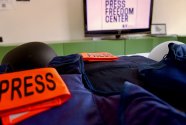Exclusive RSF investigation into the death of Maks Levin: “Information and evidence collected indicates this Ukrainian journalist was executed.”
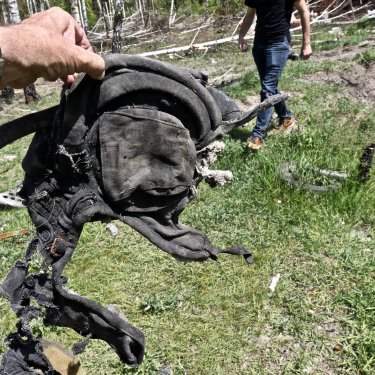
- Exclusive RSF investigation into the death of Maks Levin: “Information and evidence collected indicates this Ukrainian journalist was executed.”
- Press releases
Following a visit to Ukraine from 24 May to 3 June to investigate Ukrainian photo-journalist Maks Levin’s death, Reporters Without Borders (RSF) is releasing a report with information and evidence indicating that Levin and his friend and bodyguard were executed by Russian soldiers in a forest near Kyiv on 13 March, possibly after being interrogated and even tortured.
Read in Ukrainian / Читати українською
Read in Russian / Читать на русском
A smell of burning lingers in Moshchun, a village 20 km north of Kyiv that was heavily bombarded in early March, when the Russian tried to take the Ukrainian capital. Half of the houses were destroyed, the ground is still strewn with the debris of armoured vehicles and the few residents who stayed in the village during the occupation are still traumatised. It was in the forest near the village that the bodies of Levin and his friend, the soldier Oleksiy Chernyshov, were found on 1 April. The two men had been killed on 13 March.
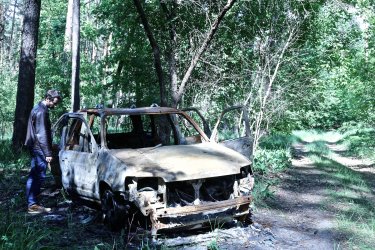
RSF sent two investigators to collect evidence and search for clues from 24 May to 3 June: Arnaud Froger, the head of RSF’s investigation desk, and Patrick Chauvel, a French war photo-reporter who had worked with Levin in the Donbas at the end of February. They concluded that Levin and Chernyshov were executed in cold blood. The evidence against the Russian forces is overwhelming. It is detailed in a report published today entitled How Ukrainian journalist Maks Levin was executed by Russian forces. On the basis of the information and evidence they gathered, RSF’s investigators were able to reconstruct what happened.
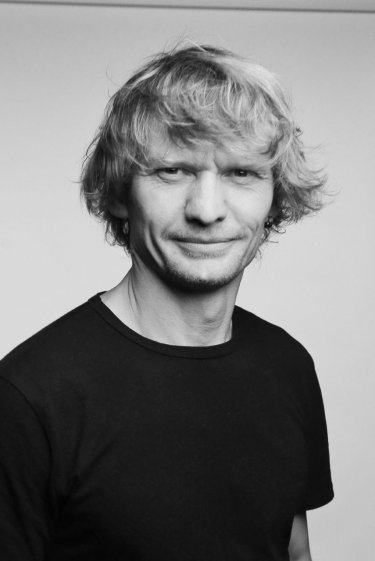
Aged 40, Levin was an experienced freelancer who often collaborated with LB.ua, a respected Ukrainian news site, and with the news agency Reuters. When Russia began its invasion of Ukraine on 24 February, he contacted a group of soldiers he had known since covering the conflict in the Donbas in 2014. He wanted to cover this war as closely as possible to those fighting it, and above all, to those being subjected to it.
“He used to drive very fast down the roads full of potholes that ran along the front, where Ukrainian soldiers were resisting the Russian invader. He was in a hurry to find the truth, the first victim of wars.
On 10 March, Levin lost his drone in the forest near Moshchun while trying to get footage from Russia’s military invasion in the area. When he returned to these woods three days later, the Russians were already occupying part of the forest. The terrain was hostile but Levin was determined to recover his drone at all costs because he was convinced that the last images it had taken were very important. He did not succeed.
When RSF arrived in Ukraine on 24 May to begin its investigation, Russia had withdrawn its troops from the region for several weeks. But the area was still dangerous. The Russians left traps and explosive devices.
Accompanied by members of the security forces, RSF managed to locate the crime scene. Levin’s charred Ford Maverick was still there. RSF found several bullets at the scene, along with the identity papers of Chernyshov, the soldier who was with Levin, and identified 14 bullet impacts in his car. Several items with possible DNA traces attesting to the presence of Russian soldiers very close to the spot where Levin and Chernyshov were killed were also identified by RSF and some of them were taken. In a final search phase initiated by RSF, metal detectors located a bullet that had probably struck Levin.
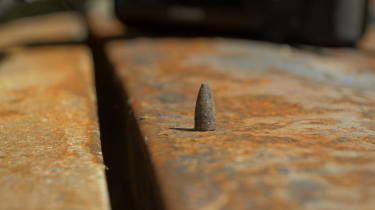
The preliminary findings of RSF’s report describe the information, photos, testimonies and material evidence obtained in the course of the investigation. RSF has not been able to answer all the questions, which are still numerous at this stage, but has developed two hypotheses on the basis of all these elements. Detailed in the report, these two scenarios offer possible avenues for reconstructing the sequence of events and establishing exactly what happened. We hope they will one day lead to the identification of this double murder’s perpetrators.
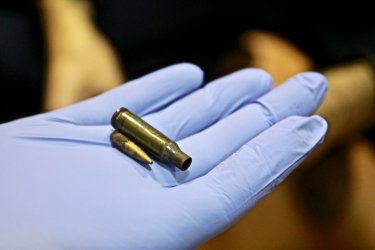
“Analysis of the photos of the crime scene, the observations made on the spot and the material evidence recovered clearly point to an execution that may have been preceded by interrogation or even acts of torture. In the context of a war heavily marked by propaganda and Kremlin censorship, Maks Levin and his friend paid with their lives for their fight for reliable information. We owe them the truth. And we will fight to identify and find those who executed them.
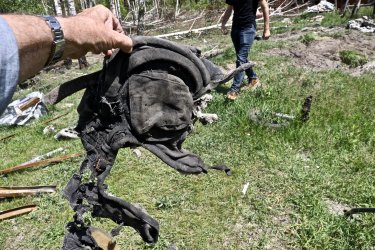
“Despite the risks, Maks went into this forest to try to recover his drone, to recover proof in the form of images. His execution by Russian soldiers was a crime against freedom of expression. This truth will not be hidden and RSF’s investigation will be put at the service of your values, Maks. I promise you that
In the course of this visit, RSF was received by Ukraine’s deputy prosecutor-general, the head of the department for investigating crimes against the media, and the head of the Kyiv regional prosecutor’s office. As a result of these meetings, RSF’s Arnaud Froger was formally interviewed as a witness in the Ukrainian investigation into Levin’s murder. This interview, by members of the Security Service of Ukraine (SBU), took place in Kyiv on 1 June. During this interview, RSF handed over nine pieces of evidence collected in the field and a USB flash drive containing several dozen photos of the crime scene taken by Patrick Chauvel.

Maks Levin is one of eight journalists who have been killed in the course of their work since the start of the war in Ukraine. The latest media victim is Frédéric Leclerc-Imhoff, a French video reporter working for the French TV news channel BFM TV, who was killed by shrapnel from a shell fired by Russian forces on 30 May.
